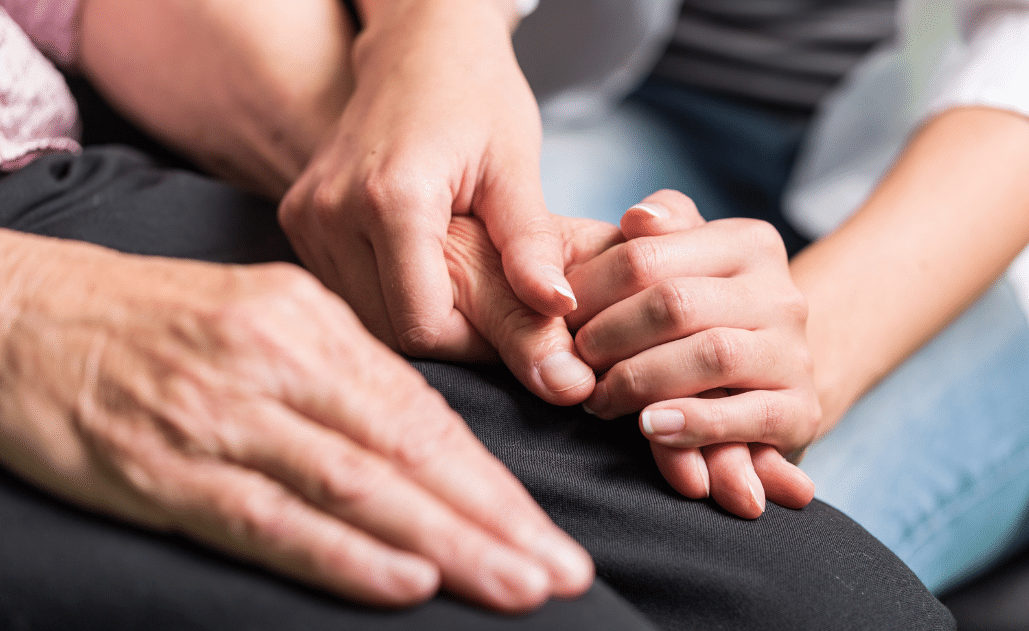Those of you with experience in the area of patient safety or medication safety may be familiar with the term second victim. For those of you who may not be familiar with this term, second victims are health care professionals who are involved in an unanticipated adverse patient event, in a medical error and/or a patient related injury and become victimized in the sense that the professional is traumatized by the event. I think we need to consider something similar to this concept for peers of a healthcare professional who have been found to be diverting controlled substances for self use. In other words, they have been working with a colleague who has a substance abuse problem and this discovery affects the whole team.
Upon discovery that under your very nose you had a colleague who was struggling, a colleague who is loved and appreciated by the rest of the staff but did not feel they could ask for help, a colleague who struggled in silence to the point that they have now put their life, license, and patients’ safety at risk and all of this went unnoticed or ignored can leave peers feeling a bit shaken. They are left asking questions such as how could I have not noticed or what could I have done differently to prevent this. Perhaps they did notice something but made excuses for it and are now questioning how they should have better handled their concerns or observations that left them a bit uneasy.
In the aftermath of a diversion discovery, don’t forget about the second victims. They may need someone from Human Resources or Employee Assistance Program to talk with them. This is also a good time to remind them that help is out there if they too are struggling with a substance abuse problem and encourage them to get help.
Restorative justice is not a replacement of retributive justice, but a complement. It seeks the rehabilitation of the wrongdoer and the repair of the victim’s injury. –Lewis B. Smedes





